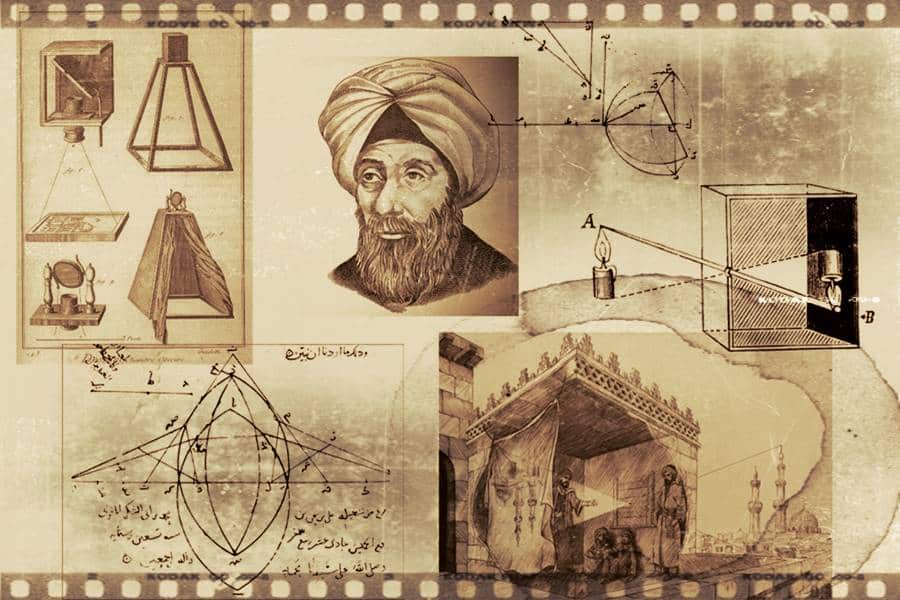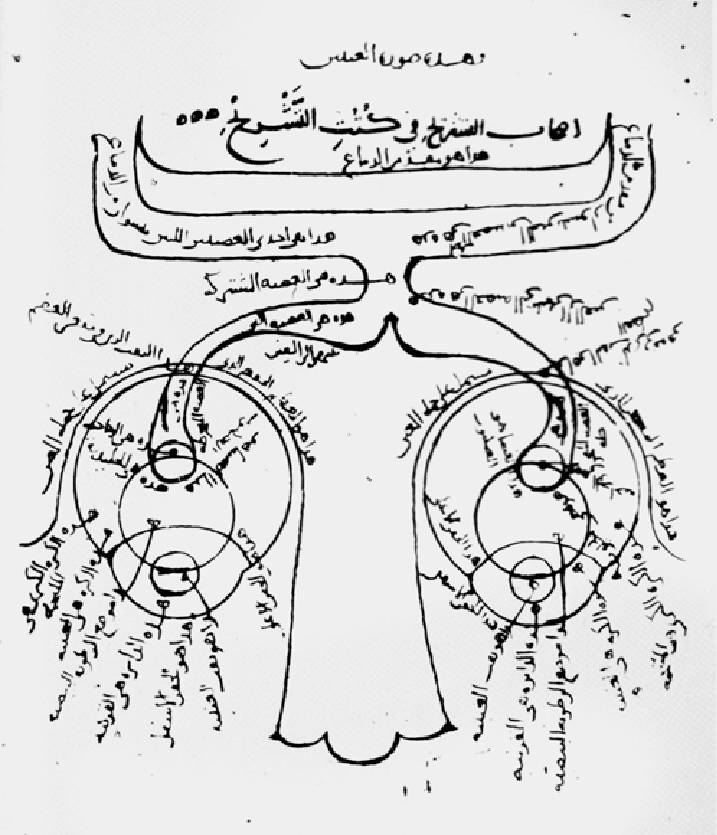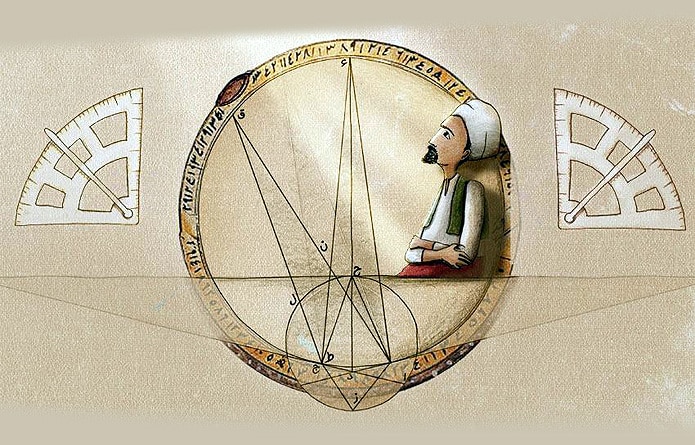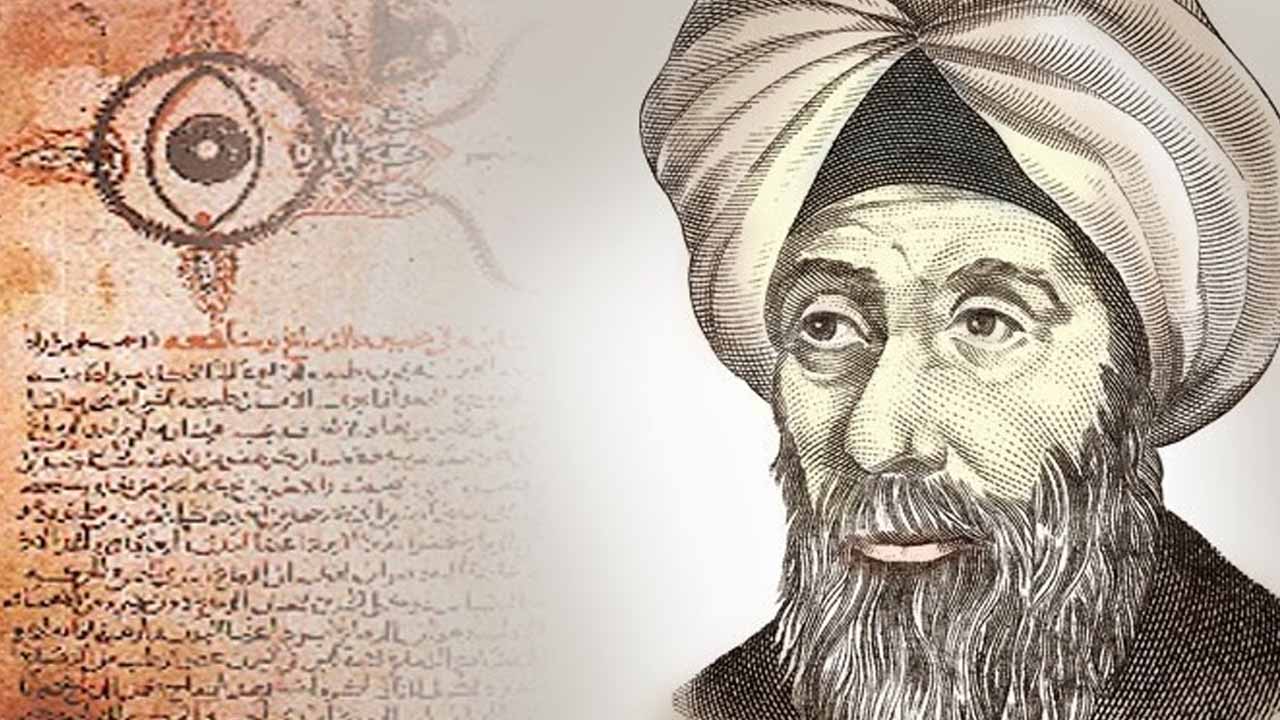In the annals of scientific history, one name stands out as a beacon of knowledge and innovation during the medieval era – Ibn al-Haytham. This 10th-century Arab polymath made significant contributions to the field of optics, with his groundbreaking work on vision that remains relevant even today. Among his many discoveries, one of the most remarkable was his use of the camera obscura, a Chinese invention, to unveil the mysteries of how we see.
The Camera Obscura: A Glimpse into Ibn al-Haytham’s Genius
The camera obscura, also known as the pinhole camera, was an invention that captivated Ibn al-Haytham’s imagination. He recognized its potential as a tool for understanding the nature of light and vision. This device consists of a darkened chamber with a small aperture on one side, allowing a narrow beam of light to enter. Inside, the inverted image of the outside world is projected onto a surface opposite the aperture.
Ibn al-Haytham ingeniously used the camera obscura to demonstrate the fundamental principles of optics. His experiments led to a profound revelation: light travels in straight lines. He meticulously documented how light rays from an object pass through the small aperture and form an inverted image on the opposite surface, akin to how the human eye works.

Vision Unveiled: Ibn al-Haytham’s Insights
Ibn al-Haytham’s insights into the camera obscura helped him formulate a correct explanation of how human vision functions. He posited that the eye, much like the camera obscura, receives light rays from the external world and projects an inverted image onto the retina. This groundbreaking theory challenged earlier misconceptions and laid the foundation for our modern understanding of vision.
His work on vision did not stop there. Ibn al-Haytham’s meticulous observations and experiments also explored the nature of reflection, refraction, and the behavior of light as it interacts with various mediums. His “Book of Optics” (Kitab al-Manazir) became a seminal text, influencing scholars like Roger Bacon and eventually shaping the Renaissance.

Legacy and Impact
Ibn al-Haytham’s contributions to optics and his innovative use of the camera obscura have left an indelible mark on the world of science. His work not only deepened our comprehension of how vision operates but also paved the way for advancements in various fields, including astronomy and physics.
Today, we continue to draw inspiration from the genius of Ibn al-Haytham, celebrating his remarkable journey of discovery that began with a simple yet profound instrument – the camera obscura. His legacy serves as a testament to the enduring power of curiosity and the boundless potential of the human mind in unraveling the mysteries of the universe.







